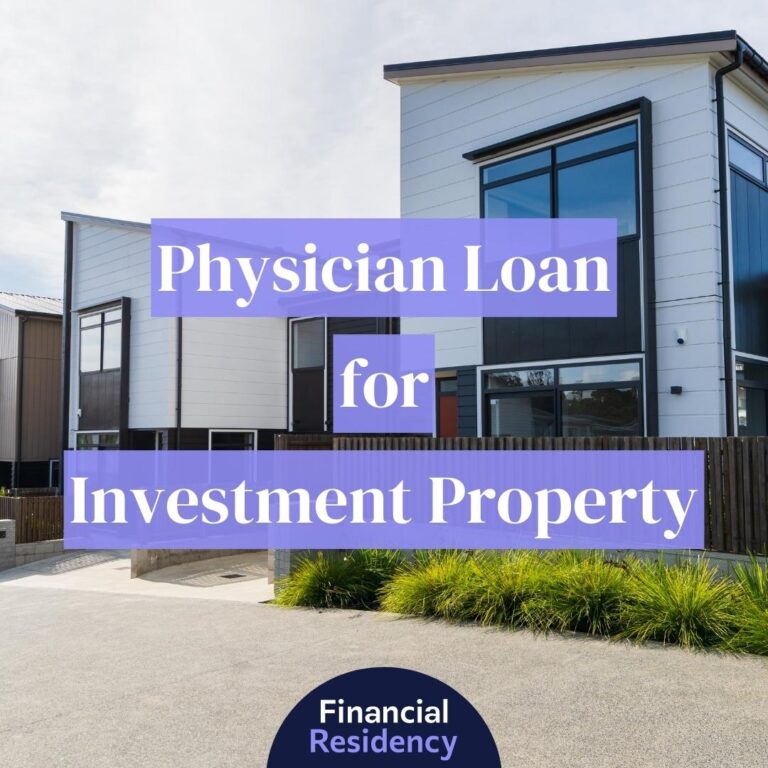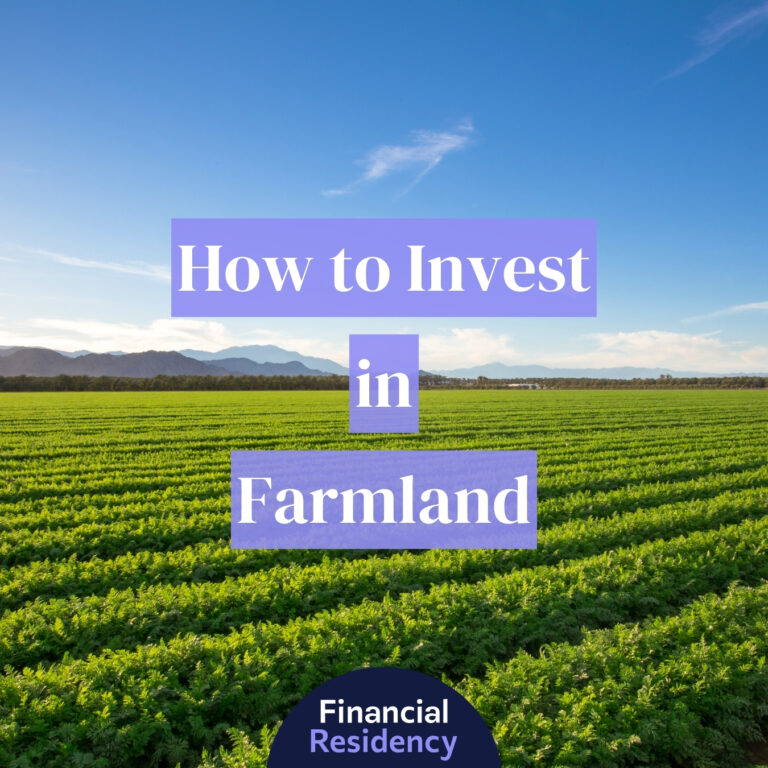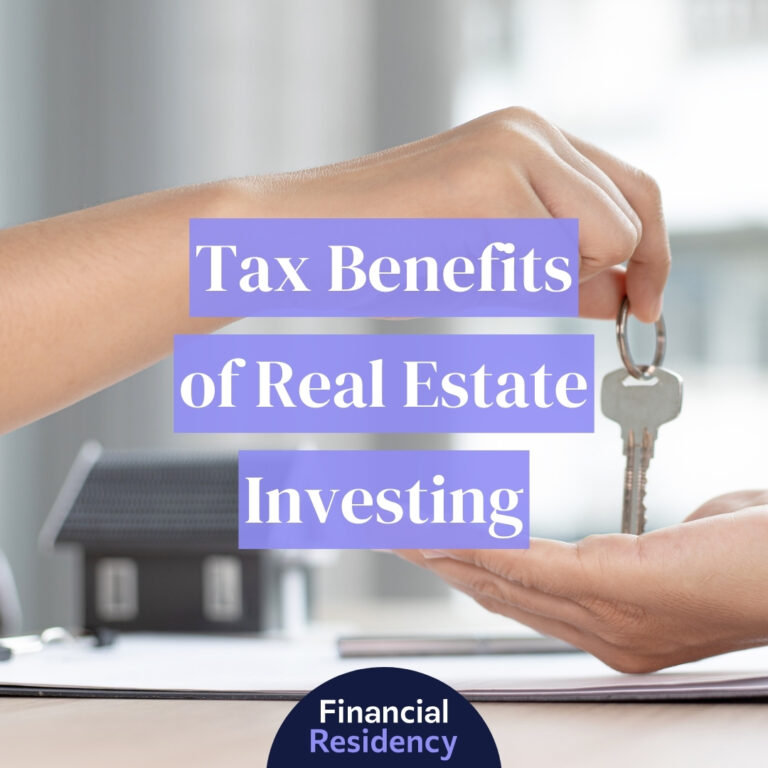The real estate market is as hot as ever. As cap rates compress, yield-seeking investors are looking for alternative ways to grow their real estate portfolios. Several have turned to real estate crowdfunding, a niche industry that has just emerged over the past decade.
There are many types of online real estate crowdfunding platforms. They offer different kinds of deals, raise funds for different purposes, and have vastly different goals and investment strategies. Almost all tout their experience, highlight customer testimonials, and brag about the venture capital firms who have invested in their business model. At the end of the day, the average investor has a hard time telling the difference between one online marketplace and another. It’s become even more difficult now that there are more than 100+ real estate crowdfunding marketplaces online today.
One of the challenges with these online portals is that they lack transparency. Eager investors are easily swayed by sleek websites and highly aspirational marketing campaigns. These platforms attract investors of all kinds, novice and experienced alike, with people being able to invest with as little as $500 in some cases. Yet few are able to discern the fine print associated with the investments they’re making.
By all indications, online crowdfunding platforms are here to stay. That said, these marketplaces are not for everyone. In this article, we take a look at how crowdfunding platforms like Fundrise compare to investing in traditional syndications – and why some investors, particularly accredited investors, are better served by investing in traditional syndications.
A Review: How Online Crowdfunding Sites Work
It’s important to understand that each online crowdfunding platform operates a bit differently. Some, like Patch of Land, are intended to raise debt for real estate projects. Others, like ArborCrowd, crowdfund equity.
Then there are websites like Fundrise that operate as “eREITs” – or electronic real estate investment trusts.
eREITs have emerged as the most popular online real estate crowdfunding tool, and therefore, will be the focus of this article. We use Fundrise as an example eREIT for the sake of comparison to traditional real estate syndications.
Fundrise bills itself as a professionally-managed public (but non-traded) REIT that invests both debt and equity into an array of commercial real estate products depending on the specific goals of each fund. For example, the income eREIT targets investments in properties that generate consistent cash flow for investors.
Anyone can invest in Fundrise’s eREITs. You do not have to be an accredited investor. In fact, you can invest with as little as $500 and can then grow your investment in $100 increments. Investors select their investment objective, such as long-term growth or balanced diversification, and then are given different options (or funds) to invest in. You can invest in a single portfolio or several depending on your goals. Funds are then invested in different product types, such as apartments, hotels, shopping centers and office buildings across the country.
Investors earn their money through interest payments, property income, as well as potential property appreciation. Each investor earns his or her share of the income on a pro-rata basis over the pre-determined distribution period. The funds have a target return threshold (say, 8% to 10%) but the actual returns may vary depending on the portfolio’s performance.
Signing up for Fundrise is easy. Anyone can create an account and in as little as 10 minutes, can be on their way to investing. Signing up really only entails providing your name, address, phone number and social security number. You then link your bank account to the platform, which you’ll use to fund your first investment. Once you select your investment objectives, your money will be invested almost immediately.
The simplicity of Fundrise is certainly appealing to many investors. Commercial real estate has notoriously high barriers to entry, so allowing people to invest with as little as $500 is appealing to those just getting started. You don’t have to be an accredited investor to qualify (but you can be). An accredited investor is anyone who has a net worth of more than $1 million (excluding their home’s value) or annual income of at least $200,000 (or $300,000 for a married couple). Many commercial real estate deals are only available to accredited investors, but with Fundrise, that need not be the case.
It also opens the doors to product types that investors wouldn’t otherwise have access to, such as larger commercial real estate deals and development projects.
Online Crowdfunding Platforms: Lack of Transparency
Despite the simplicity of platforms like Fundrise, there are other real drawbacks to consider. Specifically, platforms offer little transparency to investors. Let’s elaborate.
You don’t know much about the actual assets you’re investing in.
The way eREITs are structured, investors are largely left in the dark. You aren’t given any detail about the specific asset, asset class (Class A, Class B, Class C), or the exact location of the investment. The eREIT may target an asset class generally, such as industrial or multifamily residential, or they might target a specific region, like real estate in the Northeast, but otherwise – there’s no detail about the type or quality of investment you’re buying. Moreover, there’s no guarantee that the fund will deploy capital in line with these overarching objectives. There are several reasons why this is a problem, but specifically, it prohibits investors from doing their own due diligence or their own underwriting, which limits their ability to vet an opportunity prior to investing. You’re essentially putting blind faith in Fundrise’s investment team.
Fundrise doesn’t have a particularly long track record.
The quality of a sponsor can make or break a deal. You want to be sure you’re investing with someone who’s highly adept, has proven experience, and ideally, an investment team who has weathered multiple real estate cycles. Fundrise can’t say that. Fundrise is still relatively new, having been founded in 2010. The company has achieved great returns on some of its deals, but the company has only invested in a bullish market. How their portfolios perform during a market downturn remains to be seen. Similarly, it remains to be seen how investors treat their crowdfunded investments in the event of a downturn. Investors might be more likely to try and sell their equity in a crowdfunded deal, where the individual stakes are lower, than they would with a deal they’ve personally invested in more substantially. If many investors pull their money out of these portfolios, the entire portfolio could be crippled.
It’s hard to discern what fees you’ll be charged.
A quick look at offering materials is illustrative. Most offering packages cite a range of fees (e.g., an acquisition fee of 0% to 3%). What does that mean? In actuality, eREITs can assign any fee to the deal that’s most advantageous to the platform – not its investors. eREITs like Fundrise don’t have the same pressure of trying to achieve the internal rate of return they’ve promised investors, because that’s usually expressed as a range too (more on that below). On top of the fees associated with the actual deal, there are also fees charged by Fundrise directly for managing the fund. Fundrise generally charges a 0.85% asset management fee in addition to a 0.15% (or more) advisory fee.
The eREIT’s rate of return is really just a guess.
Investors are promised a projected rate of return, ranging from X% to Z%, such as 6% to 8% — but that’s just a guess, because the actual investments have not yet been identified. This is much different than investing in a traditional syndicate, where investors are guaranteed a certain rate of return (which is easier to determine given they know more about the actual investment), and the sponsor isn’t paid out their profit until investors receive their promised rate of return.
Fundrise offerings are complex.
Each of Fundrise’s individual offerings must file a brief with the Securities and Exchange Commission (SEC) describing the range of fees and other pertinent deal information. These offerings can be 200+ pages long and difficult for the layman to understand.
Income is taxed differently than it would be in a traditional syndication.
Income generated through online real estate crowdfunding platforms like Fundrise is treated as ordinary income. This may not matter to a low- or middle-income individual, but any high-income earner will already be in a high tax bracket, and therefore will have an extraordinary tax burden on any distributions the fund generates.
eREITs like Fundrise are highly illiquid.
Because eREITs are not publicly-traded, investors can’t simply buy and sell their shares as they’d be able to do with a traditional REIT. Fundrise offers a redemption mechanism that allows investors to exit the deal prior to the maturity period, but redemption typically carries heavy fees and penalties. Fundrise, for example, says investors can withdraw their money during any quarter – subject to availability. Let’s say the market starts to soften and multiple investors want to pull their money out. Fundrise has the ability to halt the redemption altogether. Therefore, the actual liquidity of eREITs remains questionable.
Crowdfunding platforms are often used as a financial vehicle of last resort.
Frankly, the best commercial real estate investment opportunities have no difficulty attracting debt or equity. Those who seek to fund real estate transactions using online crowdfunding platforms are usually out of options. They’re looking for hundreds, if not thousands, of people to each make small investments to aggregate the capital they need for a deal. Shouldn’t that scare you? Accredited investors have the financial wherewithal to invest in higher-quality projects that would otherwise be unavailable to the masses; you should take advantage of those opportunities!
Despite the Drawbacks, that hasn’t slowed Fundrise’s popularity.
When Fundrise opened its first eREIT offering in 2015, the first $1 million was fully filled in just four hours. This is despite investors not having ANY information about how the eREIT would invest those funds. A few days later, the fund reopened briefly to raise another $1 million. Once again, the fund was filled in mere hours.
Real estate investor and serial entrepreneur Ian Ippolito shares his concern with the eREIT model. “Publicly, nontraded REITs (like the eREIT) traditionally have fees that are so extraordinary, that FINRA issued a warning about the entire asset class,” he writes.
By way of example, Ippolito took a deep dive into one of Fundrise’s eREIT offerings, which he calls “marred with flaws.” He continues:
I was bothered by what appears to be a questionable marketing spin lacquering over substantial
investor dilution and mammoth $1 million in organizational expenses…There is a lack of financial transparency, which includes a lack of targets, limits, and detailed financial information, which most competitors freely disclose.
The $1 million in organizational expenses cannot be overlooked. For a fund that raises $10 million, the properties it invests in will need to generate a 10% return for the fund to just break even. Regulation A+ limits funds to a $50 million raise, so the best an eREIT can do is offer a management fee of 2%.
Simply put: investors have better, lower-cost and more transparent investment opportunities.
Traditional Syndications Remain a Superior Alternative
Traditional real estate syndications remain a superior alternative to eREITs, particularly among high-net-worth individuals or otherwise accredited investors. Syndications are much more transparent than these eREITs. You can fully vet the sponsor, their track record, and the specific deals in which your money will potentially be invested.
Income is also treated differently when generated by a syndicate, and therefore, is much more tax-advantaged than the distributions from a Fundrise portfolio. This is important to anyone in a high tax bracket who would otherwise pay astronomical taxes on eREIT dividends.
Of course, syndications require patient investment. Most syndications have a 5- to 7-year investment horizon and capital is illiquid during that time. But for any investor who can tolerate this illiquidity, they’ll have access to higher quality deals with higher quality sponsors by investing directly through a syndicate.
Pulling It All Together
Although real estate crowdfunding platforms like Fundrise are attracting capital at a staggering rate, this industry niche is still in its infancy. There’s been a heard mentality among the masses who are eager to invest in real estate for their first time. This will inevitably lead to a dilution of the offerings available online, and one that investors are cautioned to consider.
We believe that anyone who has the wherewithal to invest in traditional real estate syndications remains much better off utilizing this investment vehicle.
If you have any questions about this article, please reach out to me on www.ryca.io.




